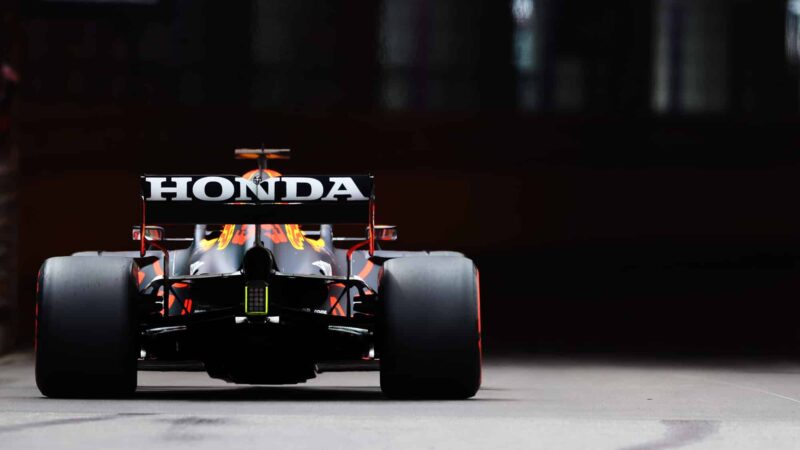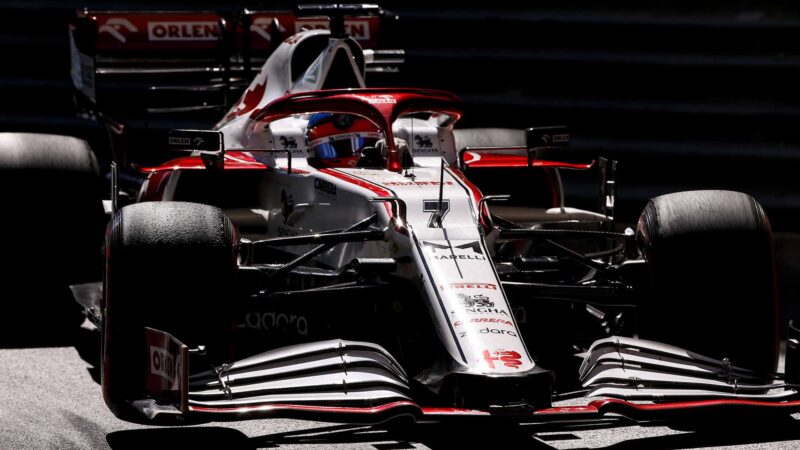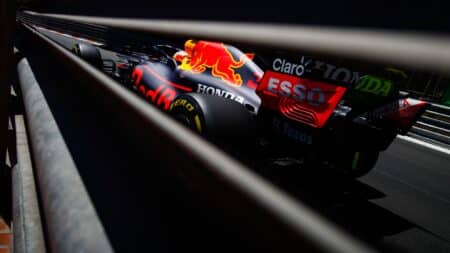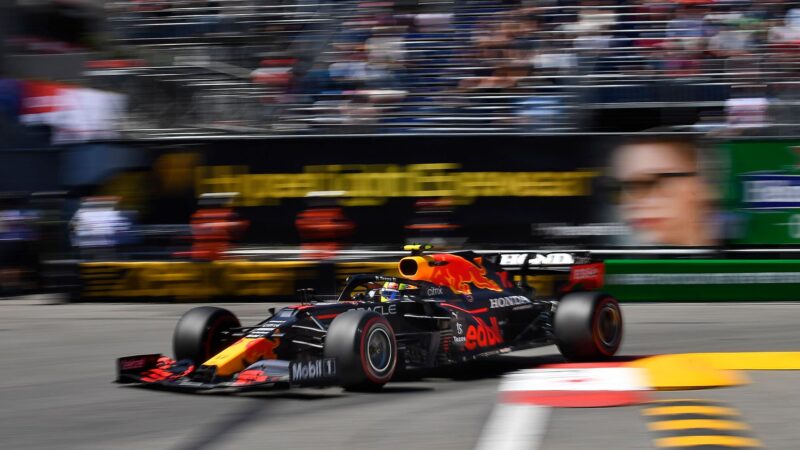“It leaves the door open for protests. It’s not only us but it’s probably two other teams that are most affected. Maybe more. Obviously a protest could end up in the ICA. And that is a messy situation. It can take weeks before we have a result. And we should not have ended in this situation if we’re having four weeks to the race that is most relevant in the calendar.
“We have been left in a limbo since a long time. We have flagged the flexible rear wing situation last summer, without having received any feedback. And I understand some of the teams’ frustration when, making the concept of this year’s car, that this was an area that should have been tackled much earlier.”
Wolff is not alone in his frustration regarding the Baku “amnesty” that the FIA has in effect given the team concerned.
“I think if you see the pictures and footage from Barcelona, it is clear what’s happening there,” said McLaren boss Andreas Seidl. “Therefore we welcome what the technical directive of the FIA says, to put an additional or different test in place, which helps them to check the cars here in a pragmatic way at the race tracks. But at the same time, we strongly disagree with the timing of the introduction.
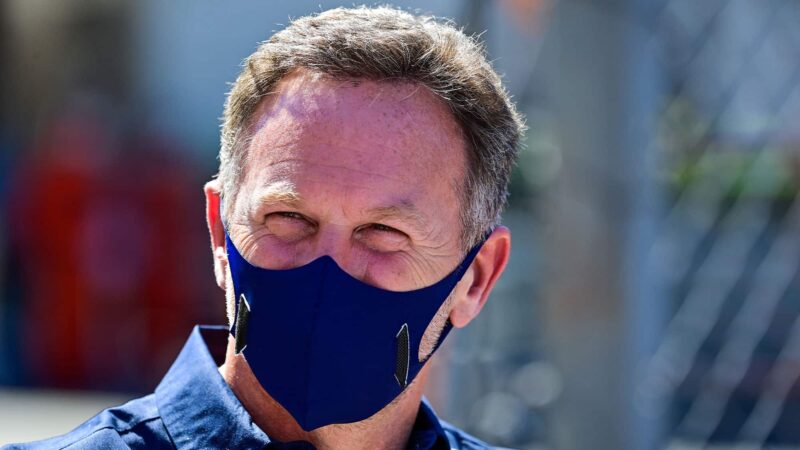
Red Bull team boss Christian Horner has pointed to the flexibility of the Mercedes front wing in Imola
Grand Prix Photo
“For us, there’s no reason why it should be late for the two races and if the guys that have designed the cars in order to have these flexi-wings two more races, to have the benefit from it because from our point of view, what these guys are using is clearly against the regulations because the test that is in place is not the only criteria you have to meet in terms of being compliant with the regulations.
“That’s why we are having a dialogue with the FIA at the moment, because I think it’s a good opportunity for the FIA to show a strong hand here and not accept this anymore, from today onwards.”
Inevitably the man with the polar opposite view is Red Bull’s Christian Horner, who is adamant that his car meets the standards as set out in the 2021 rules.
“Well, the car is designed to comply with the regulations,” said Horner. “And of course there are tests that the FIA have for most of it and our car complies with all of those tests. Now, occasionally the FIA will change those tests, which they have the right to do.
